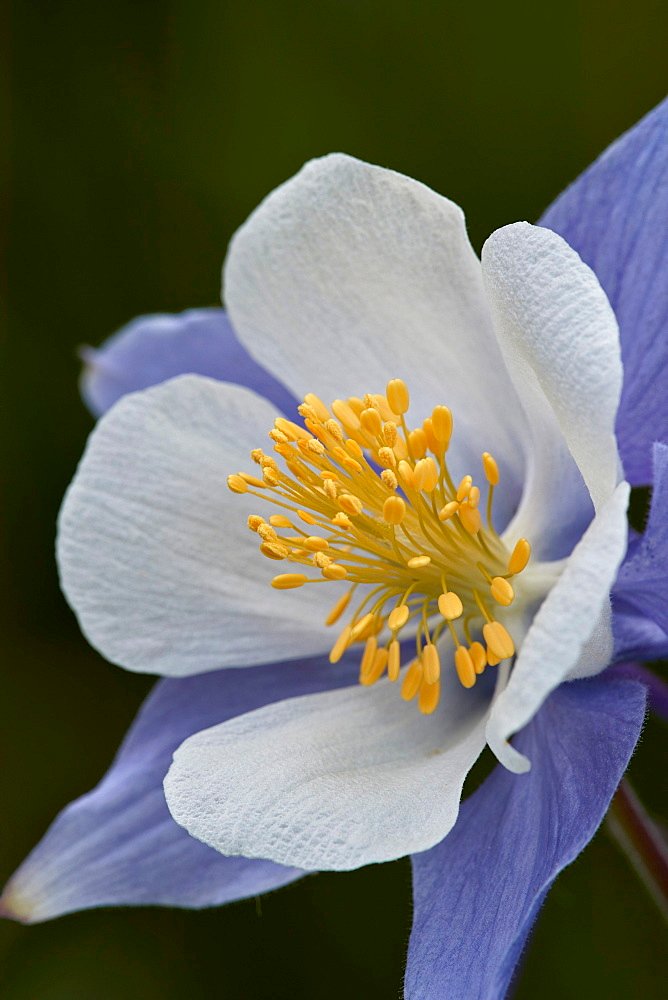The genus name Aquilegia is derived from the Latin word for eagle (aquila), because of the shape of the flower petals, which are said to resemble an eagle's claw.

The leaves of this plant are compound and the flowers contain five sepals, five petals and five pistils. The fruit is a follicle which holds many seeds and is formed at the end of the pistils.

Relatives:Columbines are closely related to plants in the genera Actaea (baneberries) and Aconitum (wolfsbanes/monkshoods), which like Aquilegia produce cardiogenic toxins.
Columbines are closely related to plants in the genera Actaea (baneberries) and Aconitum (wolfsbanes/monkshoods), which like Aquilegia produce cardiogenic toxins.
They are used as food plants by some Lepidoptera (butterfly and moth) caterpillars. These are mainly of noctuid moths – noted for feeding on many poisonous plants without harm – such as Cabbage Moth (Mamestra brassicae), Dot Moth (Melanchra persicariae) and Mouse Moth (Amphipyra tragopoginis). The Engrailed (Ectropis crepuscularia), a geometer moth, also uses columbine as a larval foodplant.
Columbine is a hardy perennial, which propagates by seed. It will grow to a height of 15 to 20 inches. It will grow in full sun; however, it prefers growing in partial shade and well drained soil, and is able to tolerate average soils and dry soil conditions.
info-https://en.wikipedia.org/wiki/Aquilegia.
You are viewing a single comment's thread from:
magoo-2 found a series of multi accounts of a same owner is following your articles to cheat your generous rewards.
magoo-2 found these accounts are suspicious & can be multi accounts of a single owner. Conclusion is based on last 30 days transactions:
@rupok @sarahmcdowell2 @razu788 @tangera
magoo-2
Check our latest multi comment spam update report